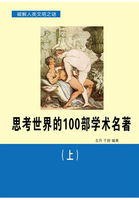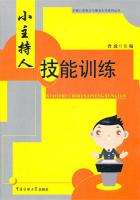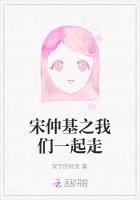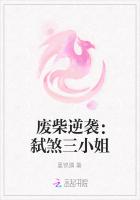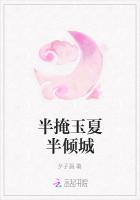At first glance,it might seem that the larger median circulation of female magazines is merely a function of the number of titles.If the total number of male and female readers of gender-specific magazines were equal,the availability of fewer female titles could,by simple arithmetic,explain the more female readers per female publication.Historically,however,the total number of male and female readers of gender-specific magazines is not equal.Indeed,the aggregate total circulation of all female magazines in 1990 was almost 50 percent larger than that of male publications:203 million to 137 million.Using the methodology outlined in Endnote,p145,this 1990 calculation was based on the multiplication of sample sums(see Figure 7b)by“nth”value(n=7).Aggregate totals=137,613,000(male),203,595,000(female).Similar calculations for 2000 yielded the following results:female=210,448,000 and male=180,159,000.The 2000 data,however,shows a market convergence,with male readership rising to 180 million and female rising to only 210 million.So while it remains true that more females read magazines,the gap has closed significantly.
Two pivotal changes emerge from this data.The first is that the percentage of titles devoted to men has notably increased,the percentage of women's magazines has remained roughly the same and the number of magazines targeted at joint audiences has declined significantly.To explain the growth in the percentage of men's titles,one can perhaps begin with the notion of what might be called pent-up demand.It can be argued,albeit speculatively,that the retreat of feminism as a sociocultural force during the 1990s made possible an expansion of magazines serving men's interests that previously might have been regarded as less socially acceptable.Examples of the areas reflecting this increase might include a successful new category of magazines bawdily and unapologetically addressing post-pubescent male fantasies(e.g.Maxim,Stuff,and FHM).In addition,it should be noted that one of the largest categories of men's magazines relates to sports and leisure activities,and that the number and diversity of such activities-and therefore the magazines that serve them-has grown significantly in the past decade.
Equally interesting are the changes in median circulation over the last decade.(See Figures 7a and 7b.)The precipitous decline of almost 15 percent in the median readership of magazines aimed at women and the significant increase in median male circulation suggest an interesting phenomenon.One way to understand this is to posit what might be called a mode reversal in the nature of the periodicals'editorial conceptualization of gender.Traditionally,female magazines had significantly larger circulations than male magazines,in part because women's interests seemed to extend across fewer but more generalized categories of subjects in a notably inclusive way.Men's increase,in contrast,tended to fractionate in concert with narrowly drawn(mostly leisure-active)interests.In the last 10 years,however,the defining of women's interests in narrow terms seems to have resonated with the female reading public.For example,rather than larger magazines dealing with a spectrum of topics related to appearance and attractiveness,now there are individual magazines addressing,for instance,the subject of beauty as an individual niche,or,even more specifically,the physical health aspects of beauty.
The changes recorded in men's magazines are somewhat harder to explain.While it is apparent that they are becoming,at least in one sense,more like women's magazines,the causes are difficult to isolate.It is notable that the median circulations of all three types of magazines(female,male and joint)are merging toward a uniform number of readers.
·Other Quantitative Measures(Frequency,Cover Price,CPM)
Subsequent tests reveal changes since 1990 in a number of the other economic variables under consideration.These include publication frequency(which decreased from 12.0 to 11.0 issues per year);cover price(the median cover price jumped from$2.50 to$3.50);and cpm(the median rocketed from$32 to$42).
For one other variable,the price charged for a full-page black-and-white advertisement(page rate),the median increased from$2,591 to$3,470 during the 1990s.In all likelihood this is not directly related to gender per se.Rather,the primary determinant of page rates is circulation size,the median of which has slightly increased in the past 10 years.
Each of these parameters,in turn,and their challenges over the decade reflect interesting forces at work within the magazine industry.The lowering of the median frequency from 12 to 11 issues per year can be explained by the growing insistence of advertisers to make any efficiencies possible be realized in their advertising spending.The manifestation of this insistence was a growing unwillingness to advertise at times of the year when readers were either away from home(e.g.August),or less likely to buy(e.g.January,after the holiday season).In response to this withholding of advertising dollars,the 1990s saw a growing trend in magazine publishing to move to a ten-times-per-year frequency,which allowed publishers to combine their July/August issues and their December/January ones as well.By saving on printing and distribution costs with fewer issues-in effect,not printing those issues,which would have been poorly supported by advertising-publishers were able to optimize profit and accommodate the desires of their advertisers.This move toward frequencies of less than the conventional monthly publication largely explains the decline in the median frequency during the 1990s.



